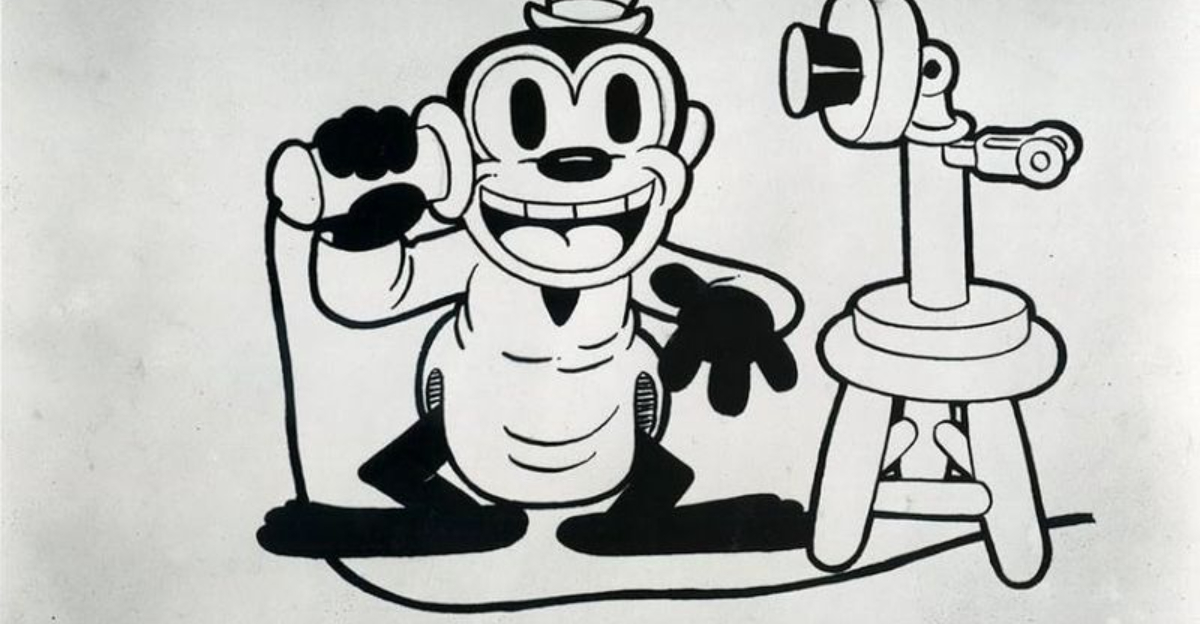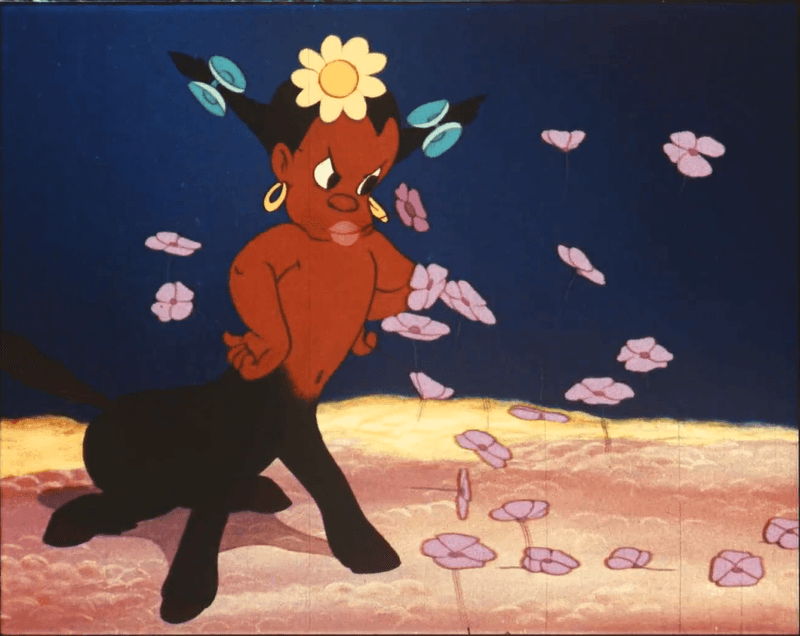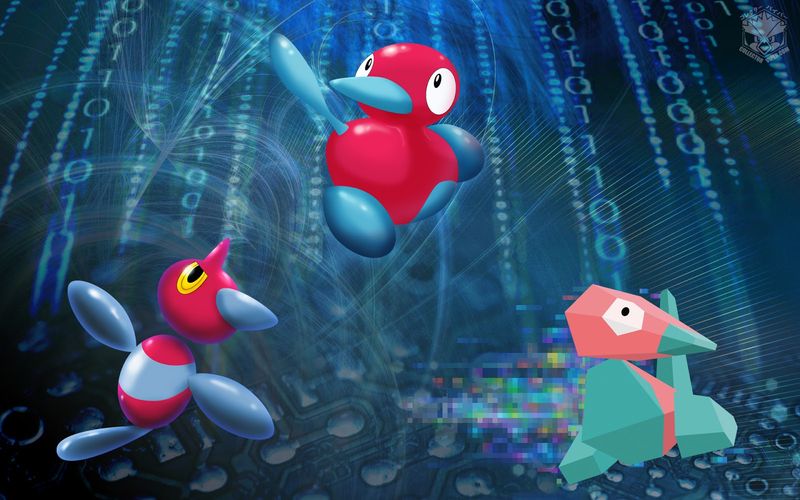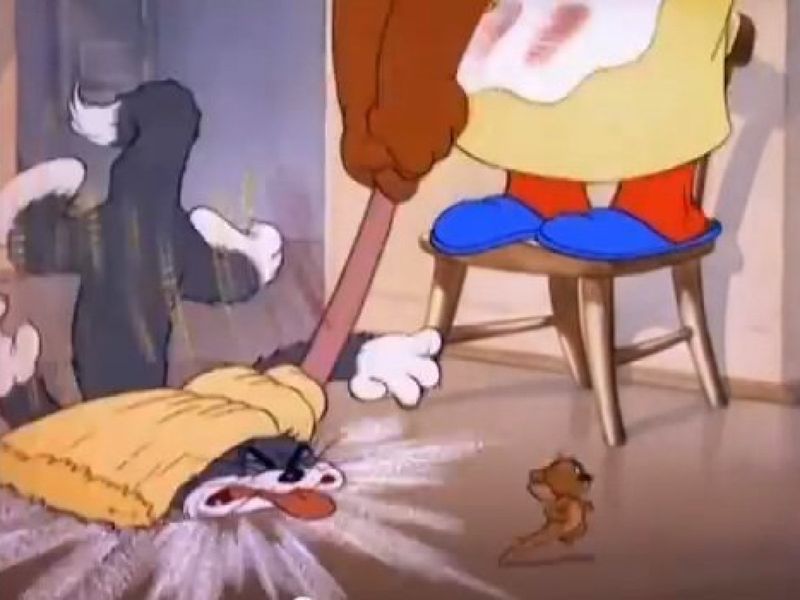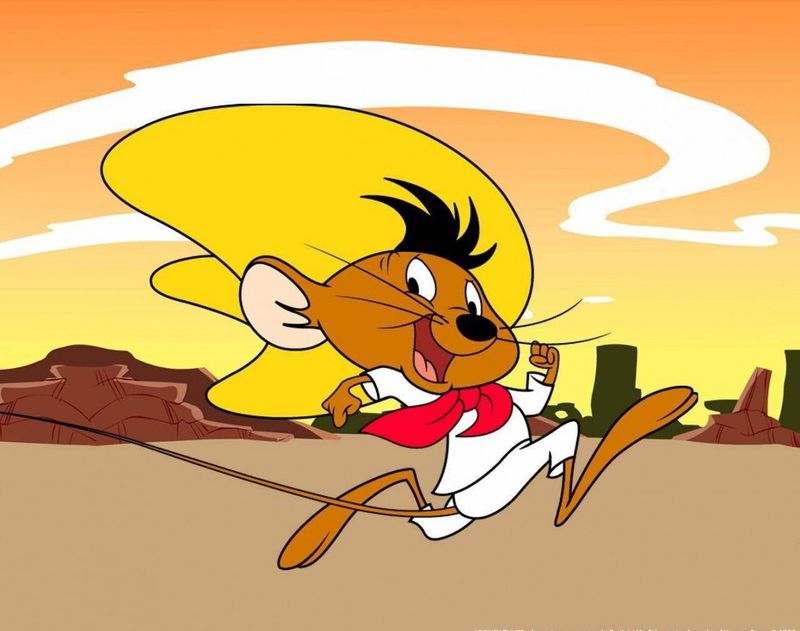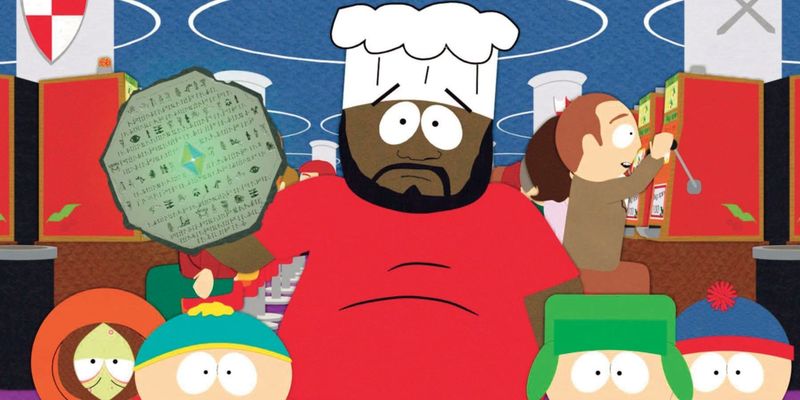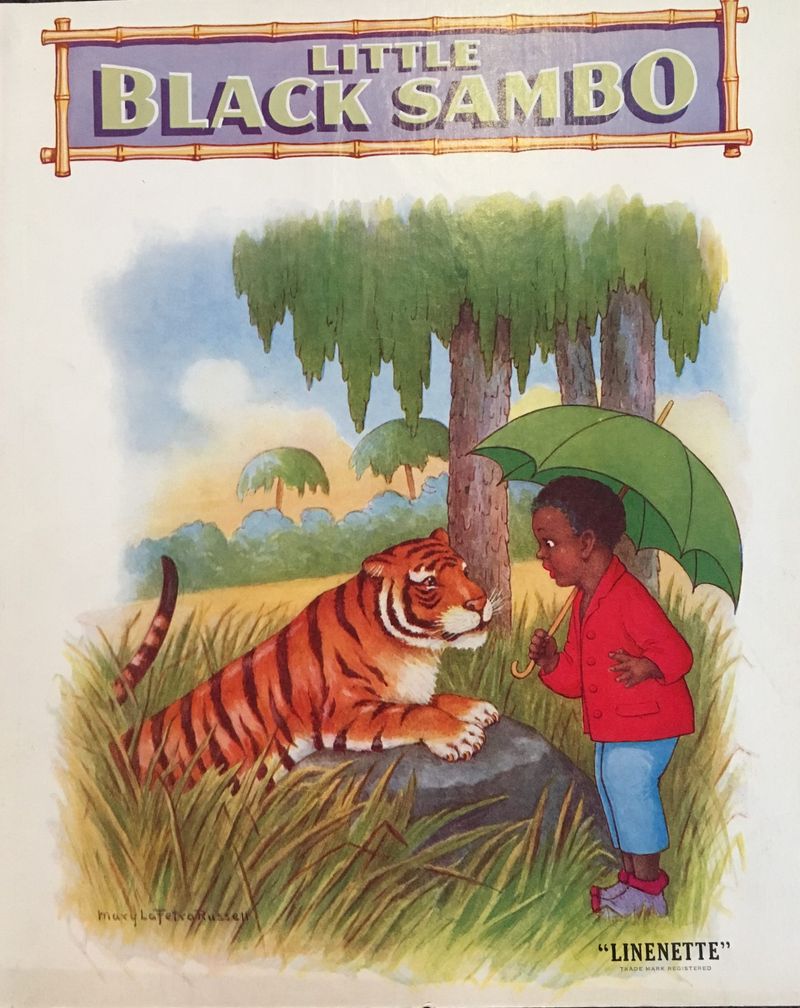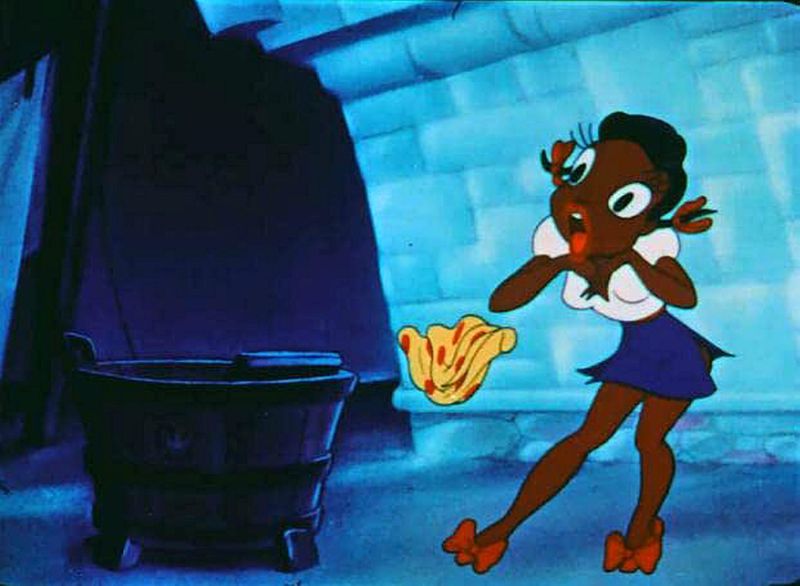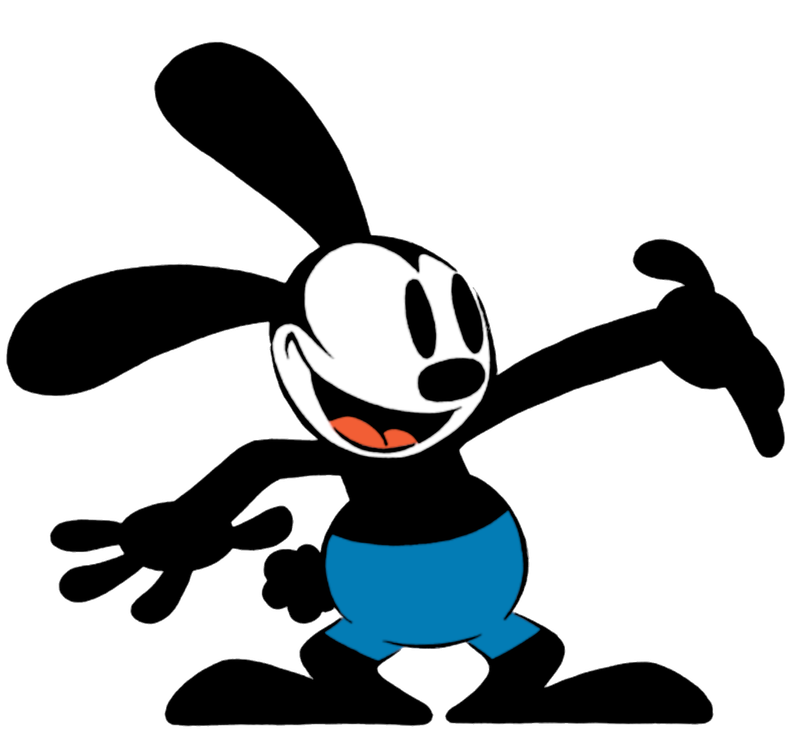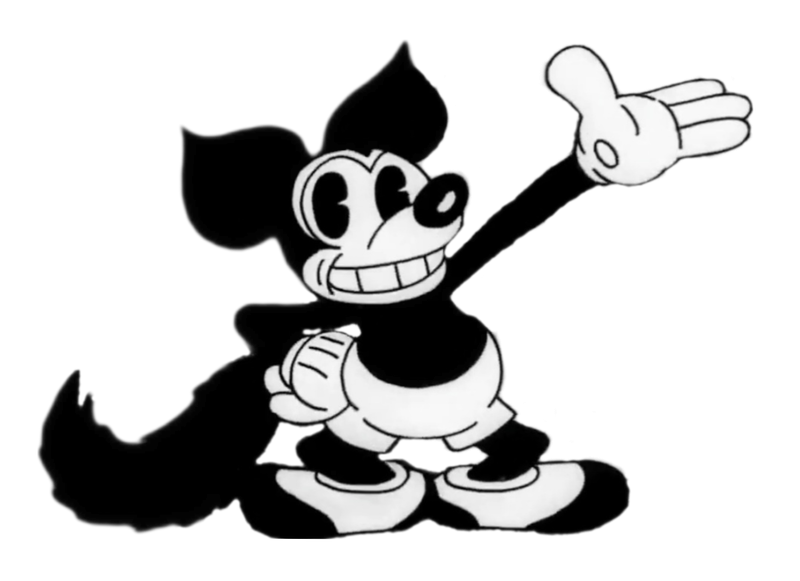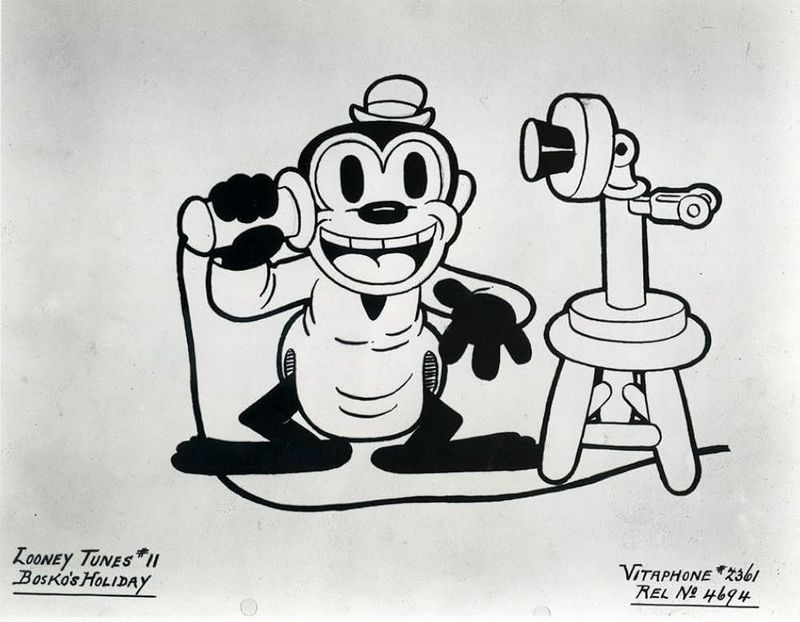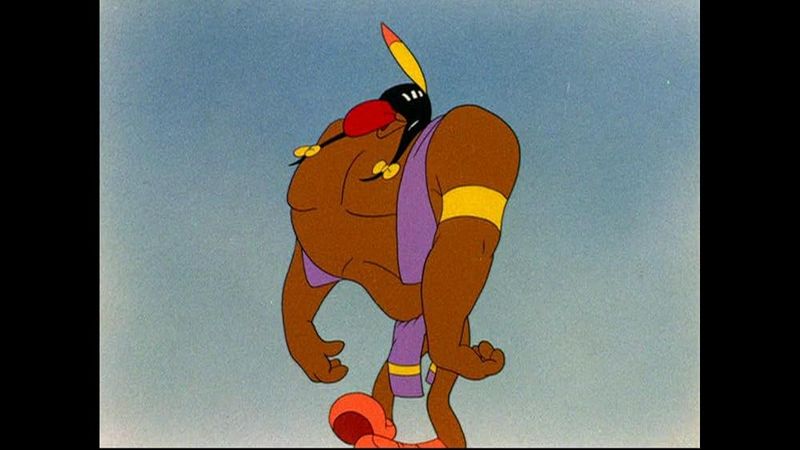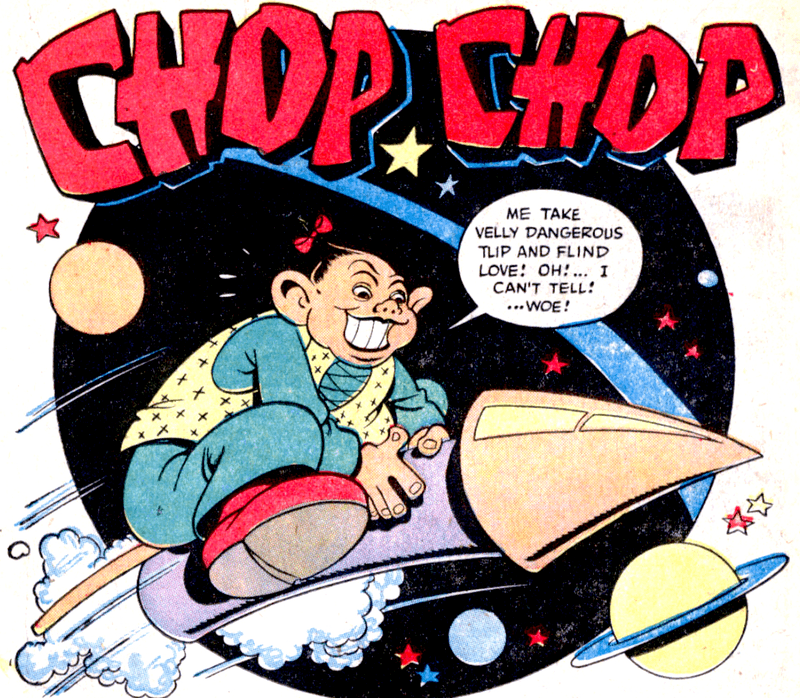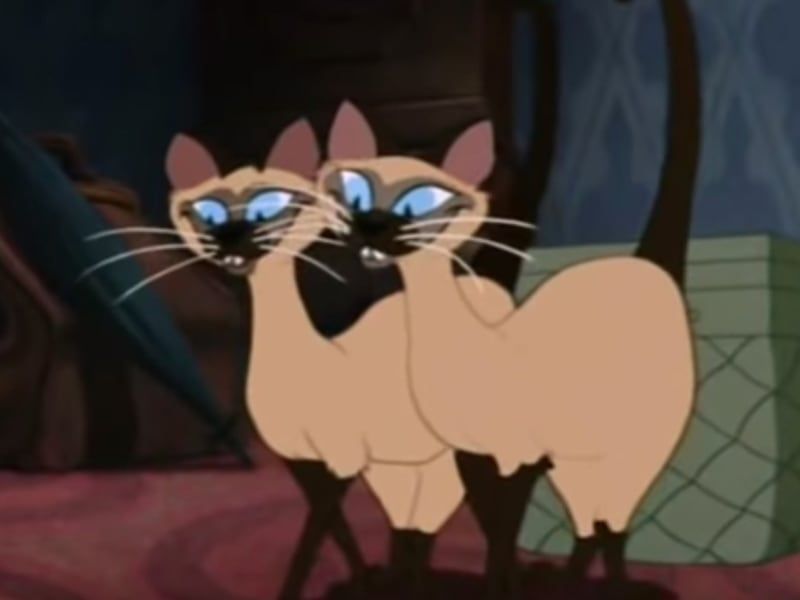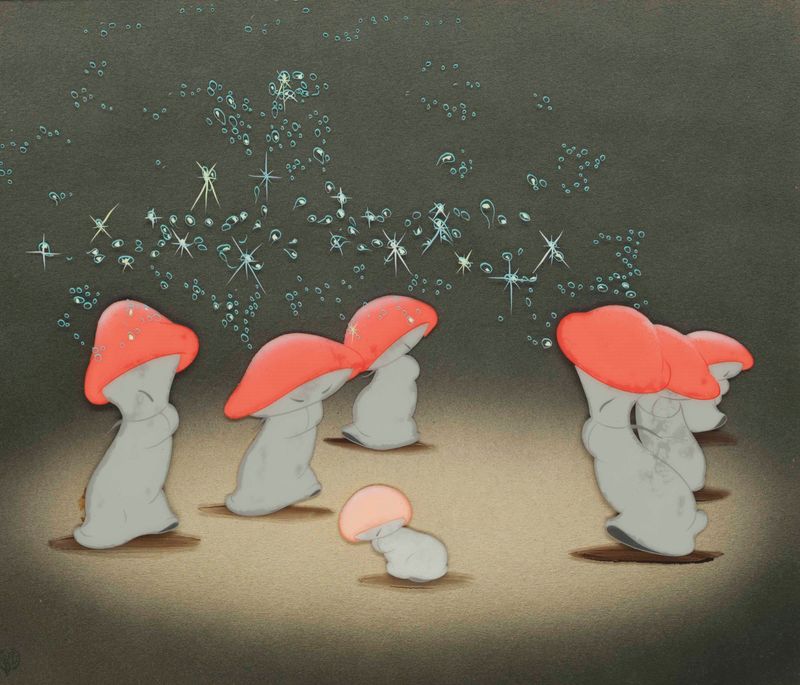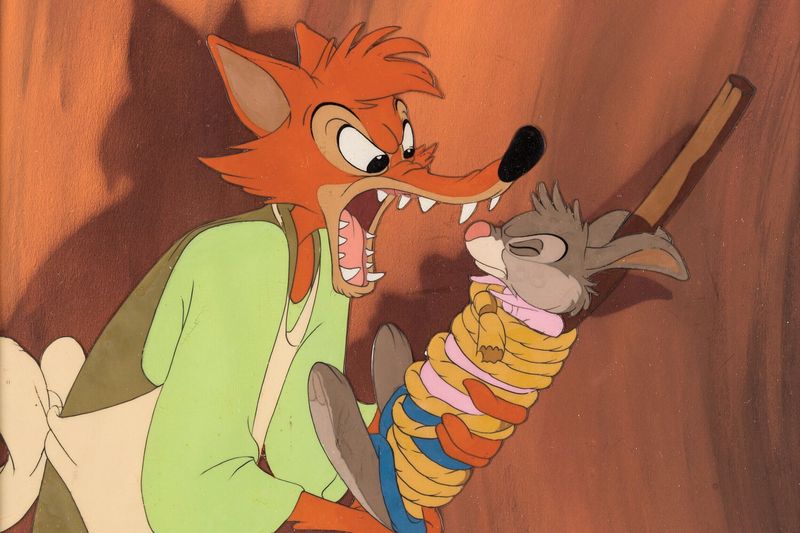In the world of classic cartoons, there are characters that have simply disappeared from the screen.
These figures were once part of our cultural landscape, but due to various reasons, they are no longer seen on American TV.
Whether for their controversial pasts, changes in societal values, or shifts in storytelling, these 15 characters have been censored and silenced, leaving a curious void in animation history.
1. Sunflower from Fantasia
Once a part of Disney’s acclaimed Fantasia, Sunflower the centaur was created with distinctively racially charged features. She served the other centaurs with earnest devotion, her presence like a living embodiment of the 1940s animation.
However, her exaggerated portrayal soon became problematic. In 1963, during a re-release, Disney decided to edit her out entirely, marking Sunflower’s silent exit from the animated world.
The decision was a reflection of changing societal attitudes toward racial representation.
2. Porygon from Pokémon
Back in 1996, Porygon was the center of an unforgettable Pokémon episode. The show was filled with flashing lights and vibrant colors, creating an intense sensory experience. But this experience had unintended consequences.
Hundreds of viewers, mostly children, experienced seizures, prompting an immediate response. The episode was pulled from broadcasting, and Porygon, along with its evolutions, was quietly phased out.
The incident left a mark on the series, shaping future content regulations.
3. Mammy Two Shoes from Tom and Jerry
Known for her distinct voice and formidable presence, Mammy Two Shoes was a staple in the world of Tom and Jerry. As the housekeeper, she was often heard admonishing the mischievous duo in a thick Southern accent.
However, her character design was criticized for reinforcing racial stereotypes. This led to her being removed or replaced in modern versions. Her absence speaks volumes about the evolving conversation around representation in media.
4. Speedy Gonzales from Looney Tunes
The “fastest mouse in all Mexico,” Speedy Gonzales brought laughter and energy to the Looney Tunes lineup. His speedy antics were adored by many, but concerns about ethnic stereotypes led to a temporary removal.
Fans, particularly within Latin American communities, rallied for his return. Their support highlighted Speedy’s positive traits, like his cleverness and charm, leading to his reinstatement.
5. Chef from South Park
Chef was more than just a character on South Park; he was a voice of reason amidst chaos. With his smooth baritone, he offered sage advice, often through humorous songs.
But when Isaac Hayes left the show, citing conflicts over the show’s content, Chef’s departure became inevitable. His character was controversially written out, leaving a noticeable gap in the series’ fabric.
6. Little Black Sambo from various adaptations
Little Black Sambo’s story was once cherished for its adventurous narrative. Yet, its origins are steeped in racial insensitivity. Though the character’s bravery and cleverness were celebrated, the imagery and language used in his stories perpetuated harmful stereotypes.
Over time, awareness of these issues grew, leading to a removal from mainstream adaptations. His story became a lesson in the power of language and imagery.
7. The Censored Eleven from Looney Tunes
Encompassing eleven notorious Looney Tunes shorts, the “Censored Eleven” represent a complex chapter in animation history.
These cartoons were noted for their groundbreaking animation techniques, yet they depicted deeply offensive racial stereotypes.
Since 1968, they have been withheld from syndication, offering a stark reminder of shifting cultural norms and the importance of sensitive storytelling.
8. Oswald the Lucky Rabbit
Oswald the Lucky Rabbit was an early creation of Walt Disney, predating the iconic Mickey Mouse. With his expressive ears and playful demeanor, Oswald captured audiences’ hearts.
However, a contractual dispute led to Disney losing the rights. As a result, Oswald faded from the spotlight, only to reemerge decades later with a renewed charm, thanks to Disney’s reacquisition of the character.
9. Foxy from early Merrie Melodies
Foxy, a character reminiscent of Mickey Mouse, made his debut in the early days of Merrie Melodies. His lively performances and charming style brought a unique flavor to the cartoons of that era.
However, after a short run, Foxy was retired. His story is a testament to the competitive and ever-evolving nature of early animation.
10. Bosko from Looney Tunes
Bosko holds the title of being one of the first stars of Warner Bros. cartoons. With his musical talent and optimistic spirit, he danced his way into the hearts of audiences.
However, his design drew from racial caricatures of the time, leading to his eventual retirement. Bosko’s journey reflects both the innovation and the challenges of early animation.
11. Injun Joe from various adaptations of Tom Sawyer
Injun Joe’s presence in Tom Sawyer adaptations was marked by his menacing aura. His portrayal drew heavily on Native American stereotypes, creating a troubling image.
As sensitivity toward indigenous representation grew, adaptations began to alter or remove his character. This shift highlights the ongoing effort to portray diverse cultures with respect and accuracy.
12. Blackhawk from Blackhawk comics and cartoons
The Blackhawk squadron, known for their heroic WWII escapades, once included characters like Chop-Chop, depicted with racial caricatures. Over time, these portrayals were seen as offensive. Efforts to redesign or remove such c
haracters from storylines were made, reflecting a broader movement toward inclusivity and respect within comic narratives.
13. The Siamese Cats from Lady and the Tramp
Siamese cats Si and Am from Disney’s Lady and the Tramp were known for their catchy tune and sly antics. Yet, their portrayal leaned into Asian stereotypes, casting a shadow over their charming mischief.
Recent adaptations have sought to address these issues, creating new interpretations that respect cultural diversity while retaining the spirit of the original film.
14. Hop Low from Fantasia
Hop Low is one of Fantasia’s enchanting mushroom dancers, known for his delightful movements and endearing stature.
However, certain aspects of his animation were interpreted as culturally insensitive, leading to diminished prominence in re-releases. His character serves as a reminder of how cultural awareness influences the evolution of classic art.
15. Various characters from Song of the South
Song of the South features a cast that has sparked significant debate over its portrayal of African Americans and plantation life. Despite the film’s technological achievements, its characters have been criticized for perpetuating outdated racial stereotypes.
Consequently, Disney has largely suppressed the film, sparking discussions on how to handle historical media with sensitivity.
